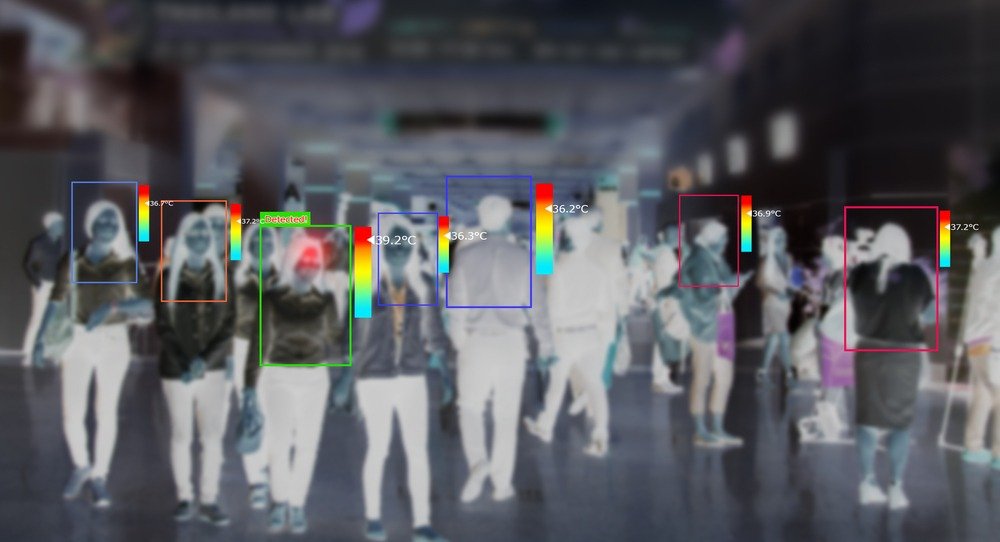“Emerald” will be accommodating patients and doctors. Let’s discuss what “Emerald” is. As you know, Hospitals are working to prevent overcrowding and keep healthcare workers safe. That is because coronavirus pandemic is persisting. Thus, more than 9,000 healthcare workers contracted the COVID-19 in the United States, according to the CDC.
Moreover, at least 27 of them have died. A team from MIT’s CSAIL (Computer Science and Artificial Intelligence Laboratory) developed a wireless monitor. It lets doctors monitor patients from a distance, to address that problem.
The device is called Emerald. It is very similar to a large WiFi router and is mounted on the wall.
It emits wireless signals. Those wireless signals are reflecting off of patients. Afterward, the system uses Artificial Intelligence to analyze those patterns. Moreover, it infers a person’s rate of breathing, movement, and profiles of sleep. Nonetheless, Emerald is sensitive and can detect motion of the chest (which translates into breathing rate). The system can distinguish between multiple people. Emerald tells when a patient has trouble breathing. The doctor can, thereafter, access that information remotely.
The CSAIL team is already using Emerald at an assisted living facility. They used Emerald at the facility remotely for monitoring a COVID-19 patient. Emerald then detected, when the patient recovered, that her breathing rate decreased from 23 to 18 breaths per minute. The system also discovered that her sleep improved, and she was walking faster.
Emerald
Ispita Vahia is a Doctor and an assistant professor of psychiatry at Harvard Medical School. He said that given how Emerald may generate relevant health data without any contact with the patient, it could minimize risk. These are risks associated with nurses and doctors catching the disease from their patients. It will be beneficial in places like assisted living facilities and skilled nursing. Those are places where so many patients are at high risk for contracting COVID-19.

The number of COVID-19 infections is spiking. Thus, Emerald can allow less severe patients to be at home. Nevertheless, they will remain under the supervision of healthcare providers. Also, Emerald can be used for monitoring other conditions like sleep apnea, insomnia, and anxiety. It can spur the shift towards tech-driven remote care, together with telehealth.
More and more companies are using emerald in assistive-care facilities and many hospitals.
William McGrory oversees mental health services for Heritage Assisted Living. He said that it is apparent that those with high-risk elderly patients will significantly benefit from the system. That is because doctors will able to gather medical data over time passively.
On the other hand, Katabi said Emerald could also assist in expanding the capacity of healthcare. That is because of the increasing number of COVID-10 patients, as demand for hospitals is rising.
The other good news is that health centers and hospitals will apply for up to 1$ million funding. Thus, they will receive applications on an ongoing basis. Of course, priority will be for the areas where COVID-19 is at a high rate. Ajit Pai is FCC Chairman. He made a statement. He said that with the adoption of a $200 million COVID-19 Program of Telehealth, the FCC could take immediate steps.
















